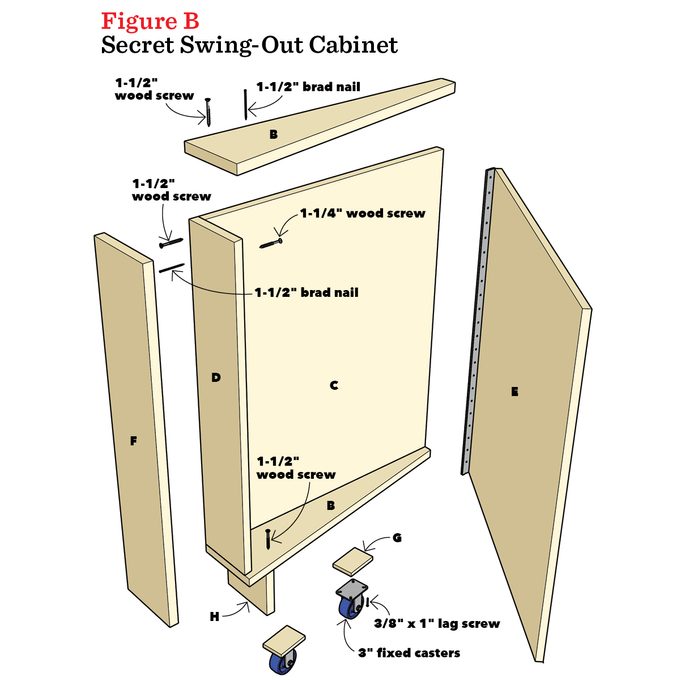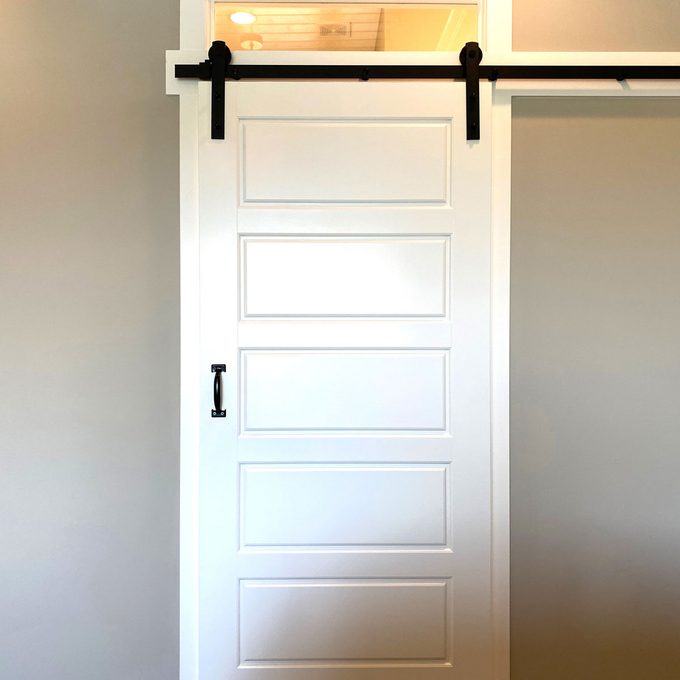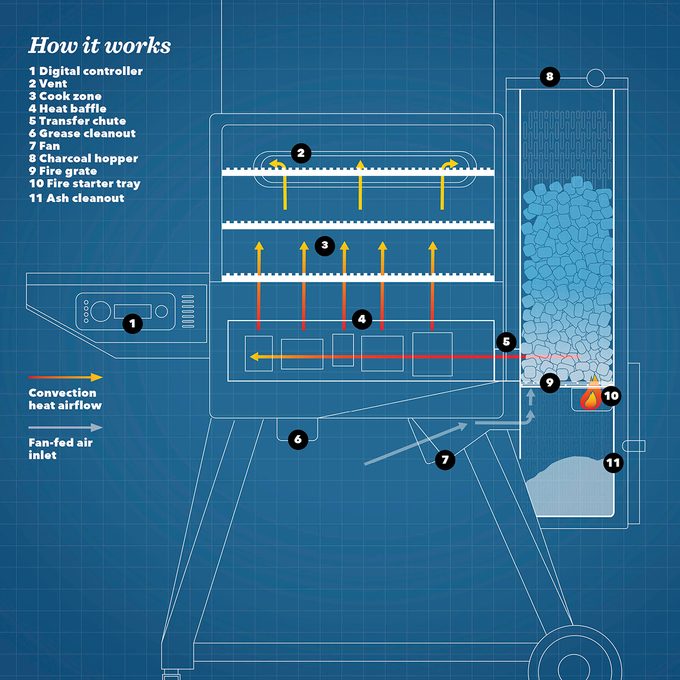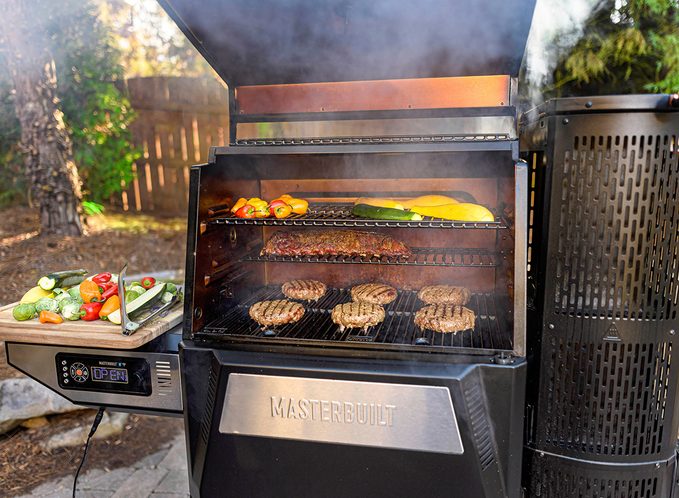Imagine you’ve just finished your deck with a traditional wood sealant. The surface is glossy and waterproof, and the wood grain is beautifully visible. Fast forward a year or two. Seasonal precipitation and sunshine have left that once-beautiful finish cracked and peeling. Now you’re doomed to hours of stripping, sanding and refinishing.
Wonder if there’s a better way? Yes! Exterior wood stain.
What is Exterior Wood Stain?
Stains, unlike film-forming finishes like paint and sealants, soak into a wood surface and impart color without forming a layer that can crack and peel. While stains may not be as wear-resistant as other exterior wood finishes, they’re unique in their ease of application and relatively trouble-free maintenance.
Traditionally, exterior wood stains are composed of an oil or water base, solvents and the all-important pigments that provide color and protect the wood from UV rays.
Types of Exterior Wood Stain
Oil-Based Wood Stain
Oil-based stains have been used on decks and other outdoor structures for decades. These stains soak into wood effectively and dry slowly, making it easy to create an even, professional finish. Oil-based stains last a long time if applied correctly, and maintenance is as simple as reapplying the product. They’re also generally the most economical option.
One drawbacks of oil-based stains: They contain volatile organic compounds (VOCs) that evaporate into the air and can be potentially harmful to the environment and people. That’s why it’s best to apply them in a well-ventilated area (outdoors is perfect), then follow the manufacturer safety recommendations on the product container. As long as ventilation is sufficient, a respirator probably won’t be necessary; I’ve never applied a stain where the manufacturer recommended one.
Further, oil-based stains can attract mildew over time, particularly if they’re applied too thickly or in a frequently damp environment.
Water-Based Wood Stain
Water-based stains are a comparatively new technology, and they offer some specific advantages. Some water-based product manufacturers claim their stains are more resistant to UV rays than their oil-based counterparts, and therefore last longer without maintenance. However, most water-based stains I’ve used in exterior applications don’t last as long as oil-based products.
Water-based stains will not attract any microorganisms, and some even contain zinc for extra mildew and rot resistance. Application of water-based wood stains is safe (no VOCs) and cleanup requires nothing more than soap and water.
However, applying water-based exterior wood stain is more complex than exterior oil-based wood stain. Water-based products do not soak as deeply into wood and dry more quickly, so application must be done carefully to ensure an even finish.
Hybrid Wood Stain
Blends of oil- and water-based wood stains are becoming more common. Hybrid stains incorporate the durability and low VOCs of the water-based component along with the superior visual appeal and ease of application seen in oil-based products.
Choosing the Right Exterior Wood Stain for Your Project
There’s no one wood stain that’s right for every project. The product you choose will depend on the project, your experience and your personal preferences. When choosing an exterior wood stain:
- Consider how much sun the wood will receive. Recall that water-based products offer the best UV resistance.
- Note the type of wood you’re finishing. Softwoods like pine and cedar are highly absorbent, so quick-drying water-based stains can look blotchy, especially if you’re a less experienced DIYer.
- Consider climate as well. Warm, humid weather makes your project more susceptible to rot and mildew, particularly if you use an oil-based product.
- Test the product before applying it to your entire deck, fence or lawn furniture set.
Staining Tools

It’s vital to prepare any wood surface before staining. Gather all the tools you’ll need for prep and application:
Pressure Washer: You can probably get away without one for many projects, but pressure washing as a first step can significantly reduce the time you spend sanding. A pressure washer is particularly useful removing an old finish.
Power Sander: A hand-held random orbit sander will work for most projects, although you may want to invest in or rent a walk-behind unit if you’re finishing a large deck or veranda. Experts and finish manufacturers agree that 60-grit sandpaper maximizes the absorbency of the surface and durability of the finish.
Applicators: The application method depends on the size of your project and the stain you’ve chosen. Always check the stain manufacturer’s recommendations. Rollers cover large areas like a deck more efficiently than brushes. Be sure to use a synthetic-fiber roller if you’re applying a water-based acrylic stain. Sprayers, in various forms and prices, can be purchased or rented for efficient and uniform application of sprayer-compatible stains.
Maintaining Exterior Wood Stain
One of the greatest advantages of stains over film-forming finishes is the easy maintenance. Depending on wear and exposure, oil-based and water-based stains need reapplication every few years. This may seem like a lot, but stains are so easy to reapply compared to film-forming finishes that the job of sprucing them up is often a breeze.
Because stains simply wear down instead of peeling, a simple wash is often enough preparation before reapplication with a brush, roller or rag.
Film-forming finishes, included stain and sealer hybrid products, need to be stripped away with a sander when they start looking ratty, then reapplied. Even with stains, after several repeated reapplications you’ll get the best results by sanding the surface before applying a fresh coat.
Most outdoor woodworking enthusiasts I know, myself included, don’t bother with sealers on top of stains or with stain-sealer combination products due to the increased difficulty of maintenance. Outdoor woodwork is inherently rougher and less refined that its indoor counterparts. That’s why a simple application of water or oil-based stain is often more than enough to get it looking good.
Common Wood Staining Pitfalls to Avoid
- Using water-based stain on highly absorbent wood like cedar or pine, creating a blotchy appearance.
- Rushed application of stain, particularly water-based products, leading to visible brush strokes and blotches.
- Neglecting to remove the old finish and sand the surface thoroughly before applying stain.
Exterior wood stain may not make your deck, fence or lawn furniture look like the lustrous deck of a luxury yacht. But for many, it’s the best balance between protection from the elements, a beautiful appearance and trouble-free maintenance.
Article source here: What To Know About Exterior Wood Stain





















